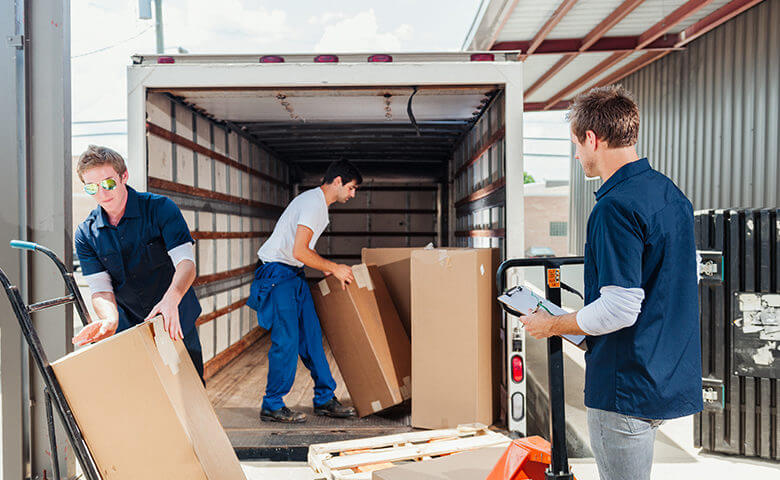Subsea structures support offshore oil and gas industries and marine ports. These structures are installed on the seabed and include oil rigs, platforms, pipelines, and docks.
But just how safe are subsea structures? Subsea facilities are exposed to harsh environmental conditions, including hurricanes and storms, and the constant threat of corrosion, so you must request a contractor credit application if you want to hire someone like a marine construction contractor.
In this article, we’ll take a closer look at the installation and maintenance of these structures and how you can ensure your dock remains safe and secure.
Installation
Subsea structures require more than just sinking steel into the ocean floor. The installation process is a complex operation that requires specialized equipment and skilled professionals.
Subsea structures usually require a foundation support system installed on the seabed, such as a gravity-based foundation or support anchors. Once this stage is complete, the pre-fabricated jacket can be lowered and secured to the foundation.
The final stage involves the installation of the deck module, which is placed on the top of the jacket and attached securely using bracing. These operations can take days and sometimes even weeks to complete.
Corrosion
Corrosion is one of the most significant risk factors for subsea structures. Exposure to saltwater accelerates the rusting of steel and can lead to structural failures.
Regular inspections and maintenance activities, which include painting, coating, and cathodic protection, are essential to ensure the subsea structure remains safe and operational. Also, it is essential to use high-quality materials resistant to corrosion in constructing subsea systems to minimize the risk of failure.
Inspection
The subsea structure requires regular inspections to identify early signs of corrosion to prevent significant deterioration. The inspection can include visual checks and ultrasonic and magnetic testing to identify areas of corrosion that are not visible and highlight areas for repair before the issue escalates.
Regular inspection is vital as it helps managers plan maintenance activities and service the subsea structure at the right time.
Maintenance
Maintenance work is essential to ensure subsea structures remain secure and operational. Besides regular inspections, other maintenance activities include maintaining valves and actuators and ensuring that all power and communication systems function correctly.
Any repairs or maintenance activities should be carried out by an experienced professional marine construction contractor who specializes in subsea structures.
Regulatory Compliance
Regulatory compliance is essential when it comes to the installation and maintenance of subsea structures.
Various national and international regulatory bodies, such as the International Association of Classification Societies and the American Society of Mechanical Engineers, have established standards and codes for subsea structure construction and operation.
Adherence to these standards ensures that subsea structures are safe, reliable, and meet regulatory requirements. This is also why you need to have a good marine construction contractor.
Diving
Divers play a critical role in the maintenance of subsea structures. Their work involves inspecting, cleaning, repairing, and installing structures.
They use various tools and techniques, such as underwater welding and cutting, to carry out these activities. For safety, divers should follow best practices for their operations, including proper safety equipment and dive protocols.
Environmental Considerations
Subsea structures are installed in water ecosystems and must be installed and maintained to minimize any negative environmental impact. Mitigation measures such as fish fencing, bund walls, and bird deterrents can be implemented to prevent marine life from getting caught or injured by the structures.
Additionally, environmental studies should be conducted to assess any potential risks associated with the subsea structures and to ensure safe installation and operation.
Final Thoughts
Subsea structures are essential for offshore oil and gas industries and marine ports. However, their installation and maintenance are complex and require the expertise of qualified professionals.
Regular maintenance activities, including inspections, painting, coating, and cathodic protection, ensure that subsea structures remain safe and secure. High-quality materials that are resistant to corrosion should be used in their construction.
Regulatory compliance is vital, and strict adherence to safety standards is necessary to ensure subsea structures are reliable and operate as expected.

